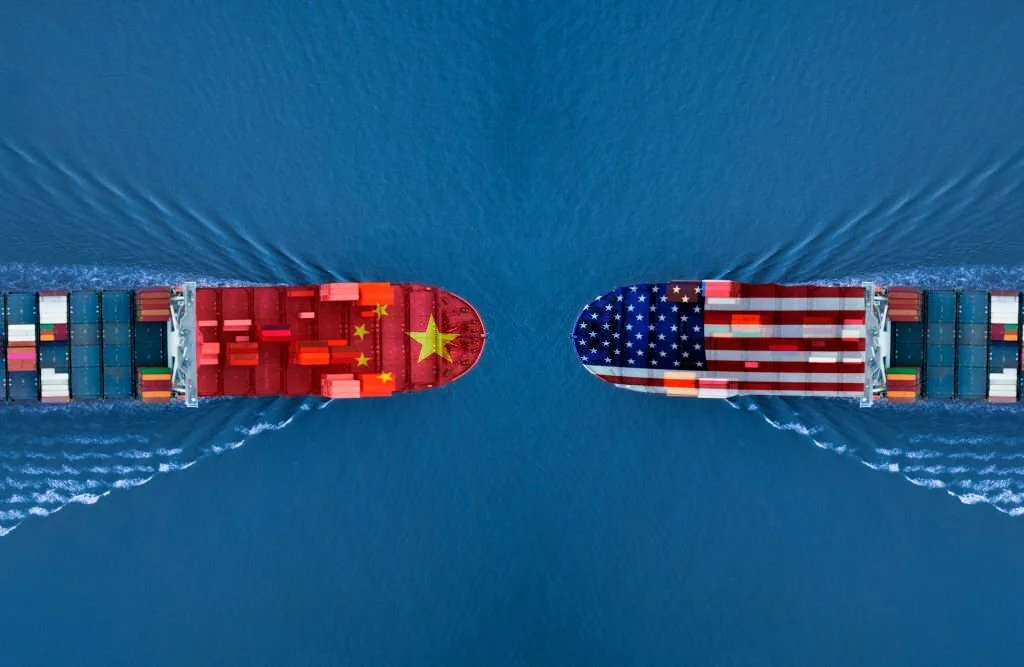What is Tariff?
Definition:
A tariff, in the realm of international trade, is a financial imposition levied by a government on the import or export of goods. This charge is typically calculated as a percentage of the value of the traded goods, but it can also be based on other criteria, such as quantity, weight, or volume. Tariffs serve multifaceted purposes, including generating revenue for governments, regulating international trade flows, and protecting domestic industries from foreign competition.
Significance:
Revenue Generation: They are a significant source of revenue for governments. The funds collected from this charge contribute to public coffers, allowing governments to finance various public services, infrastructure projects, and other expenditures.
Trade Regulation: Governments utilize this charge as a tool to control and oversee the movement of goods across international borders. They can be implemented to protect domestic industries, encourage or discourage specific imports or exports, and address trade imbalances.
Economic Protection: They often serve as a safeguard for domestic industries. By making imported goods more costly, they provide a competitive advantage to domestic producers, enabling them to thrive and develop their economic viability.
Importance:
Trade Policy: It’s are a pivotal component of a nation’s trade policy. They are strategically employed to advance economic and political objectives at both national and international levels.
Domestic Industry Support: This charge can shield domestic industries from foreign competition, fostering their growth and maintaining their economic vitality. This protection can be vital in nurturing and expanding key sectors of the economy.
Dispute Resolution: This charge can become contentious points in international trade relations. Disputes linked to this charge are often addressed through negotiation, the establishment of trade agreements, or international organizations like the World Trade Organization (WTO).
Key Aspects of Tariffs:
Types: There are diverse categories of them, including ad valorem tariffs (calculated as a percentage of the value of the imported or exported goods), specific tariffs (levied based on a specific quantity or weight of goods), and compound tariffs (combining ad valorem and specific tariffs).
Import and Export Tariffs: They can be applied to imports or exports. Import tariffs elevate the cost of foreign goods for domestic consumers, while export tariffs increase the price of domestic products for foreign buyers. The selection of import or export tariffs depends on a nation’s trade policy objectives.
Schedules: Governments maintain comprehensive schedules that delineate the tariffs applicable to various goods and product categories. These schedules are frequently subject to periodic revisions and adjustments to accommodate evolving economic and trade dynamics.
Quotas: Some tariffs are accompanied by quotas, which establish limits on the quantity of goods that can be imported or exported at the lower tariff rate. Quotas can create supply constraints and influence international trade flows.
Trade Agreements: Negotiations within the context of trade agreements and treaties between countries frequently result in tariff reductions and eliminations. These agreements aim to harmonize tariff levels, thus reducing trade barriers and fostering economic cooperation.
Protectionism and Free Trade: The deployment of this charge can indicate a country’s stance on protectionism or free trade. High tariffs may signal a protectionist approach, reflecting the desire to shield domestic industries from international competition. In contrast, low or zero tariffs are emblematic of a commitment to free trade principles, promoting open markets and economic globalization.
In summary, tariffs, as fiscal impositions on international trade, hold immense significance in the global economic landscape. They serve a myriad of purposes, ranging from revenue generation and trade regulation to domestic industry protection and dispute resolution. The various types of tariffs, tariff schedules, the presence of quotas, and the role of trade agreements are all pivotal factors that shape the world of international trade. They wield significant influence over trade relations, economic policies, and global economic integration, making them a central aspect of modern commerce.
